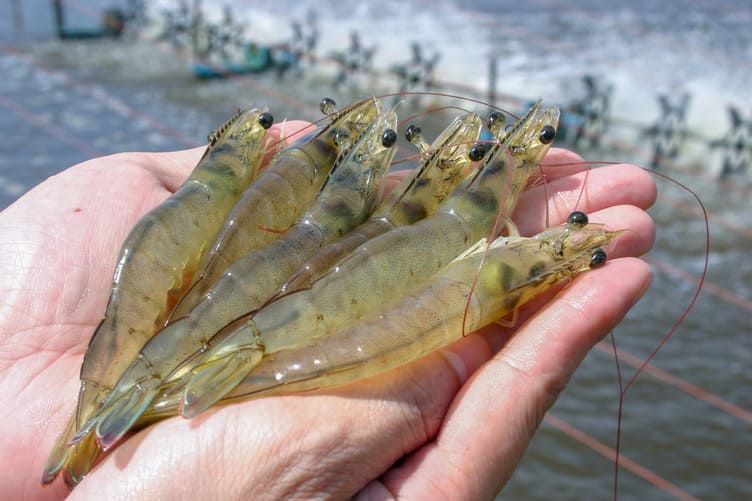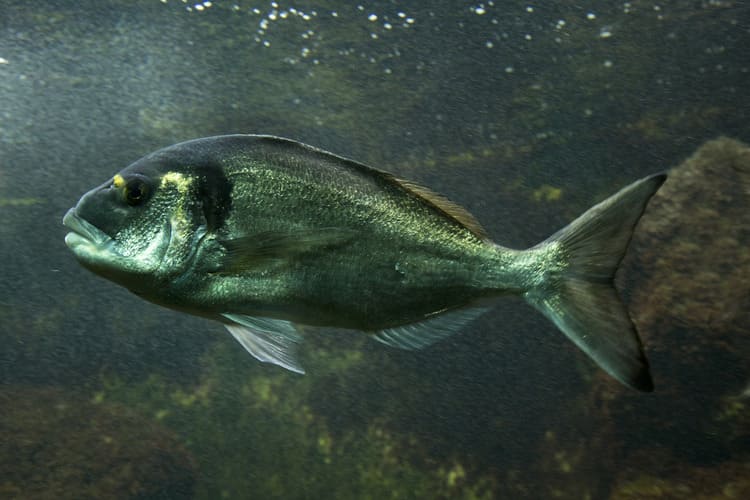Pacific whiteleg shrimp is the topmost aquacultured species produced in the world. However, shrimp feeding behavior results in unnecessary expenditures, as some of the feed offered is not entirely consumed. Nowadays, aquaculture has become more accepting of using animal by-products such as poultry meal as a protein source to replace…
Reductions in fish oil content in aquafeeds can generate physiological and immunological disorders in farmed fish, associated to low dietary levels of n-3 long chain polyunsaturated fatty acids (n-3 LC-PUFAs) and increased levels of n-6 PUFAs. Based on mammalian literature, spices could potentially counteract some of these negative effects. To…
Longevity of the sows is a major concern in pig production, which is negatively affected when the sow body condition is not properly restored shortly after weaning. Therefore, feed intake (FI) becomes crucial to prevent the excessive body reserve mobilization during lactation, but also in promoting milk production and therefore…



